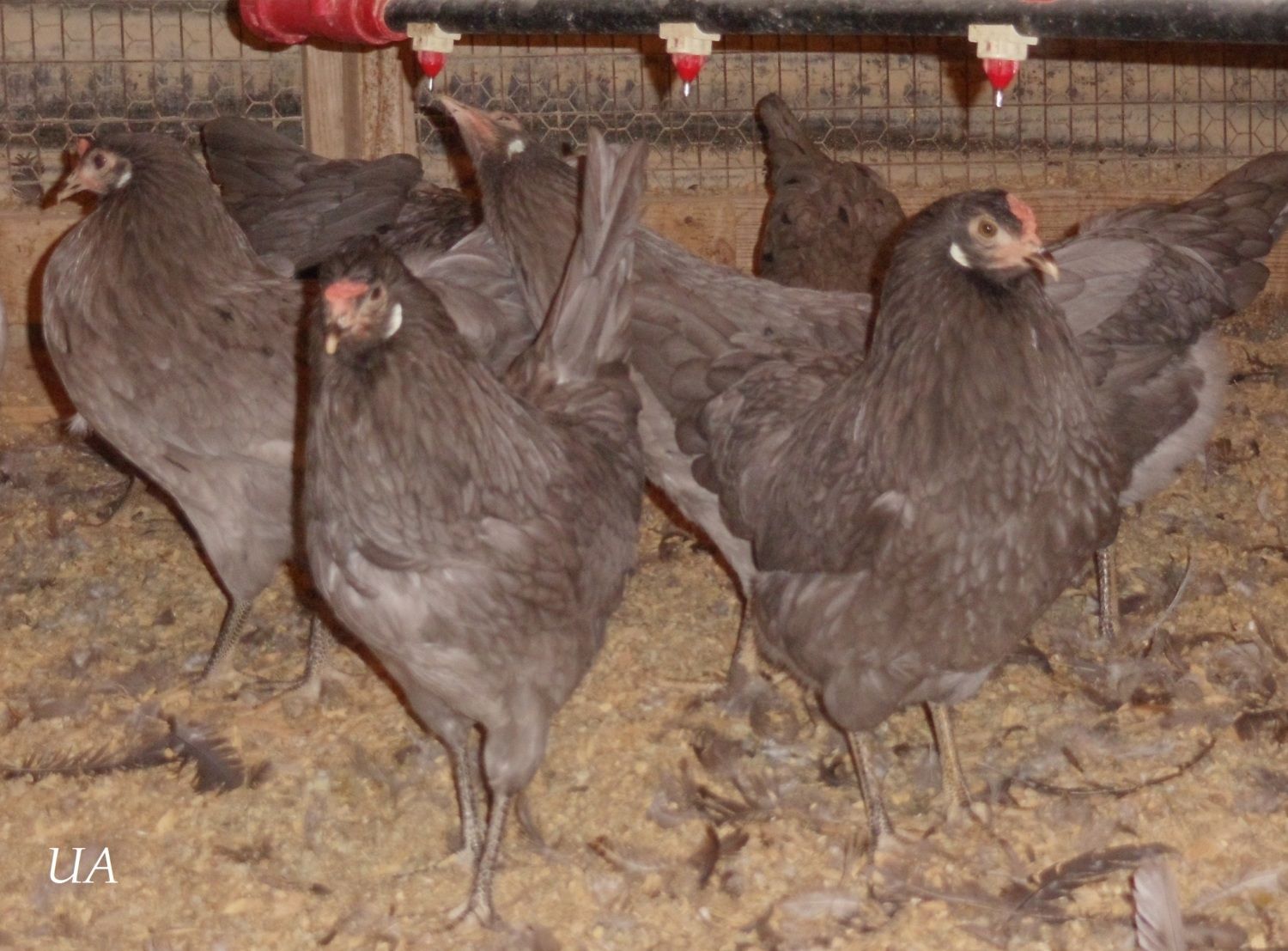Last word on this.
Skin color is not shank color, but it certainly influences shank color. The example of the Jersey Giants with black shanks (yellow skin, w) and Australorps with the same black shank color (white skin, W) is a factor of epidermal melanin pigment where the melanin is on the outer epidermal layer therefore it essentially 'buries' the actual underlying skin color. But when crossing any White skin (W) bird with a yellow skin (w) bird white is still always dominant. However, that white skin may be influenced by melanin.
If the skin is white and if the melanin pigment is on the outer layer the shank will be black. If the melanin is present in the one of the two underlying dermal layers in a white skin bird then blue or slaty blue will result to varying degrees dependent upon the amount of pigment deposited in those dermal layers.
If the skin is yellow and the melanin pigment is on the outer epidermal layer then the shanks will still be black. If the melanin is present in one of the two underlying dermal layers of a yellow skin bird then green willow or greenish black will result. The degree to which the deposition and expression of melanin in any of these dermal layers will then effect the actual shading of the shank but it will still be in reference to whether the skin is white or yellow unless the pigment is on he outer epidermal layer of the skin.
Bottom line, white skin (W) will still be dominant over yellow skin (w) regardless of the the level or direction of the melanin pigmentation in the dermal skin layers.
Skin color is not shank color, but it certainly influences shank color. The example of the Jersey Giants with black shanks (yellow skin, w) and Australorps with the same black shank color (white skin, W) is a factor of epidermal melanin pigment where the melanin is on the outer epidermal layer therefore it essentially 'buries' the actual underlying skin color. But when crossing any White skin (W) bird with a yellow skin (w) bird white is still always dominant. However, that white skin may be influenced by melanin.
If the skin is white and if the melanin pigment is on the outer layer the shank will be black. If the melanin is present in the one of the two underlying dermal layers in a white skin bird then blue or slaty blue will result to varying degrees dependent upon the amount of pigment deposited in those dermal layers.
If the skin is yellow and the melanin pigment is on the outer epidermal layer then the shanks will still be black. If the melanin is present in one of the two underlying dermal layers of a yellow skin bird then green willow or greenish black will result. The degree to which the deposition and expression of melanin in any of these dermal layers will then effect the actual shading of the shank but it will still be in reference to whether the skin is white or yellow unless the pigment is on he outer epidermal layer of the skin.
Bottom line, white skin (W) will still be dominant over yellow skin (w) regardless of the the level or direction of the melanin pigmentation in the dermal skin layers.






